
An armor-piercing shell, AP for short, is a type of ammunition designed to penetrate armor. From the 1860s to 1950s, a major application of armor-piercing projectiles was to defeat the thick armor carried on many warships. From the 1920s onwards, armor-piercing weapons were required for anti-tank missions. AP rounds smaller than 20 mm are typically known as "armor-piercing ammunition", and are intended for lightly-armored targets such as body armor, bulletproof glass and light armored vehicles. The classic AP shell is now seldom used in naval warfare, as modern warships have little or no armor protection, and newer technologies have displaced the classic AP design in the anti-tank role.

A general-purpose bomb is an air-dropped bomb intended as a compromise between blast damage, penetration, and fragmentation in explosive effect. They are designed to be effective against enemy troops, vehicles, and buildings.
During the Second World War, the Luftwaffe developed a series of unguided rocket-propelled armor-piercing bombs. The three main types were the PC 500 RS, PC 1000 RS, and PC 1800 RS. The PC in the name stands for Panzersprengbombe Cylindrisch, the number equals the approximate weight of the bomb in kilograms, and RS indicates it is rocket propelled. These bombs were intended to be used against armored ships or similar targets. The purpose of the rocket was to increase the terminal velocity of the bomb and aid penetration.

The BDC 10 was a cluster bomb used by the Luftwaffe during World War II.
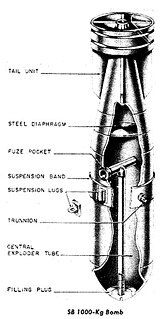
The SB 1000 (Spezialbombe) was a luftmine or aerial mine in English used by the Luftwaffe during World War II.

The SB 2500 (Spezialbombe) was a luftmine or aerial mine in English used by the Luftwaffe during World War II.

The SD 50 or thick walled explosive bomb in English was a fragmentation bomb used by the Luftwaffe during World War II.
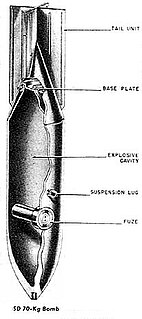
The SD 70 or thick walled explosive bomb in English was a fragmentation bomb used by the Luftwaffe during World War II.
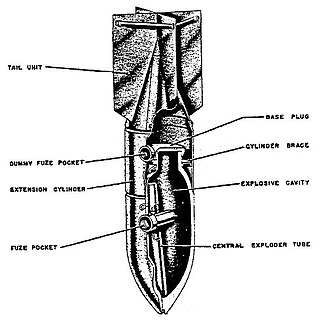
The SD 250 or thick walled explosive bomb in English was a fragmentation bomb used by the Luftwaffe during World War II.
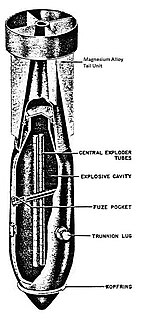
The SD 1700 or thick walled explosive bomb in English was a fragmentation bomb used by the Luftwaffe during World War II.

The PC 500 or cylindrical armor-piercing explosive bomb in English was a series of armor-piercing bombs used by the Luftwaffe during World War II.

The PC 1000 or cylindrical armor-piercing explosive bomb in English was a armor-piercing bomb used by the Luftwaffe during World War II.
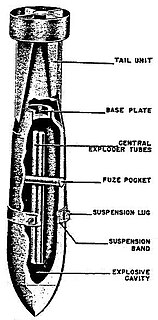
The PC 1400 or cylindrical armor-piercing explosive bomb in English was a armor-piercing bomb used by the Luftwaffe during World War II.

The PC 1600 or cylindrical armor-piercing explosive bomb in English was a armor-piercing bomb used by the Luftwaffe during World War II.

The SD 15 or thick walled explosive bomb in English was a fragmentation bomb used by the Luftwaffe during World War II.

The SBe 250 or concrete fragmentation in English was a fragmentation bomb used by the Luftwaffe during World War II.
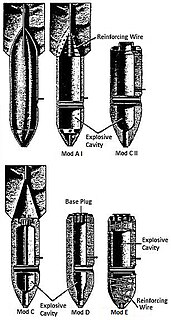
The SBe 50 or concrete fragmentation in English was a family of fragmentation bombs used by the Luftwaffe during World War II.
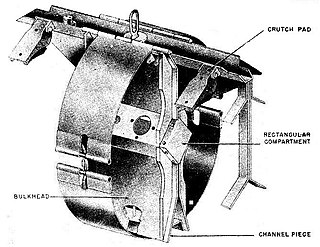
The AB 500-3A(Abwurfbehälter) was a cluster bomb used by the Luftwaffe during World War II.

The AB 500-1B(Abwurfbehälter) was a cluster bomb used by the Luftwaffe during World War II.
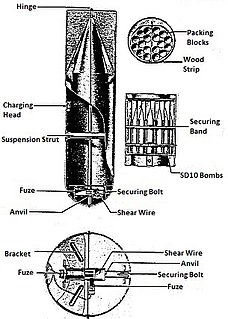
The AB 500-1(Abwurfbehälter) was a cluster bomb used by the Luftwaffe during World War II.
























